What is so Special About a Giclée Art Print?
The term Giclée — pronounced zhee-klay — was initially coined by printmaker Jack Duganne in 1991. It is derived from a blend of the French words — gicleur, which is a technical term for a nozzle or jet, and gicler — to spray out. Today, it's used to describe fine art printing using pigment based, archival quality inks, manufactured on advanced inkjet printers.
So, what is so special about a Giclée print? Well, the quality of a Giclée print is far superior to all other forms of reproduction printing. In fact, it’s the closest an artist can get to matching their original artwork. For many art lovers, the opportunity to buy reproduction prints has made decorating spaces with beautiful pieces affordable and attainable, as fine art prints tend to be much much less expensive than purchasing original artwork.
However, with advances in technology and digital printing it’s more important than ever to know the difference between a Giclée print and a digital print, especially if you intend to purchase a fine art reproduction. Digital prints are typically created at home on home office printers, or ship from big online “print to order” companies. Digital printing is both convenient and affordable, but unfortunately, these prints are not designed to last. Damage or fading of digital prints can occur from sun exposure, humidity and the passage of time.
For art lovers who want quality fine art prints that last, the longevity of Giclée prints is a key differentiator. Giclée prints can reproduce any form of 2-D artwork, such as oil, acrylic, or watercolor paintings. In order to create a Giclée print, four major criteria must be met during the printing process:
Criteria for a Giclée Print
Resolution — The original piece of art should be professionally scanned or photographed at 300 DPI (dots per inch) or a higher resolution. To compare, most digital photos are recorded at a resolution of 72 DPI. The more dots of color that can be printed in a small area, the more detailed the final image will appear.
Ink — The ink must be pigmented-based instead of dye-based. While digital prints tend to use the classic CMYK 4-color combination printing, Giclée printers use up to 12 individual colors. This gives much smoother gradient transitions and a wider color gamut. There is more depth and richness to the final print, which helps to create stunning vibrant artwork with amazing reproduction quality. In many cases, the reproduction prints are almost indistinguishable from the original artwork. And most importantly, the type of archival inks used on Giclée prints won’t fade when displayed in normal conditions indoors. Colors retain their brilliance for a lifetime.
Paper — Giclée printers can print on various materials including canvas and fine art papers. But to be considered a Giclée print the paper must be archival (museum and gallery quality).
Printer — The printer itself must be a wide format ink jet printer. (This is not your everyday household office printer). Giclée Printers are typically larger models that are able to hold up to 12 ink cartridges. These large format inkjet printers use small spraying devices that can both match color and apply ink precisely, giving artists a high-quality print of their original art.
Key Questions
IMPORTANT: When you’re shopping for a fine art reproduction print it’s important to ask:
Where was the print made?
What kind of ink was used to make the print? (Remember it should be pigmented)
Is the paper or canvas archival quality?
Maine Photo Works
Amber’s fine art Giclée prints are professionally scanned and printed by Maine Photo Works in South Portland, Maine.




